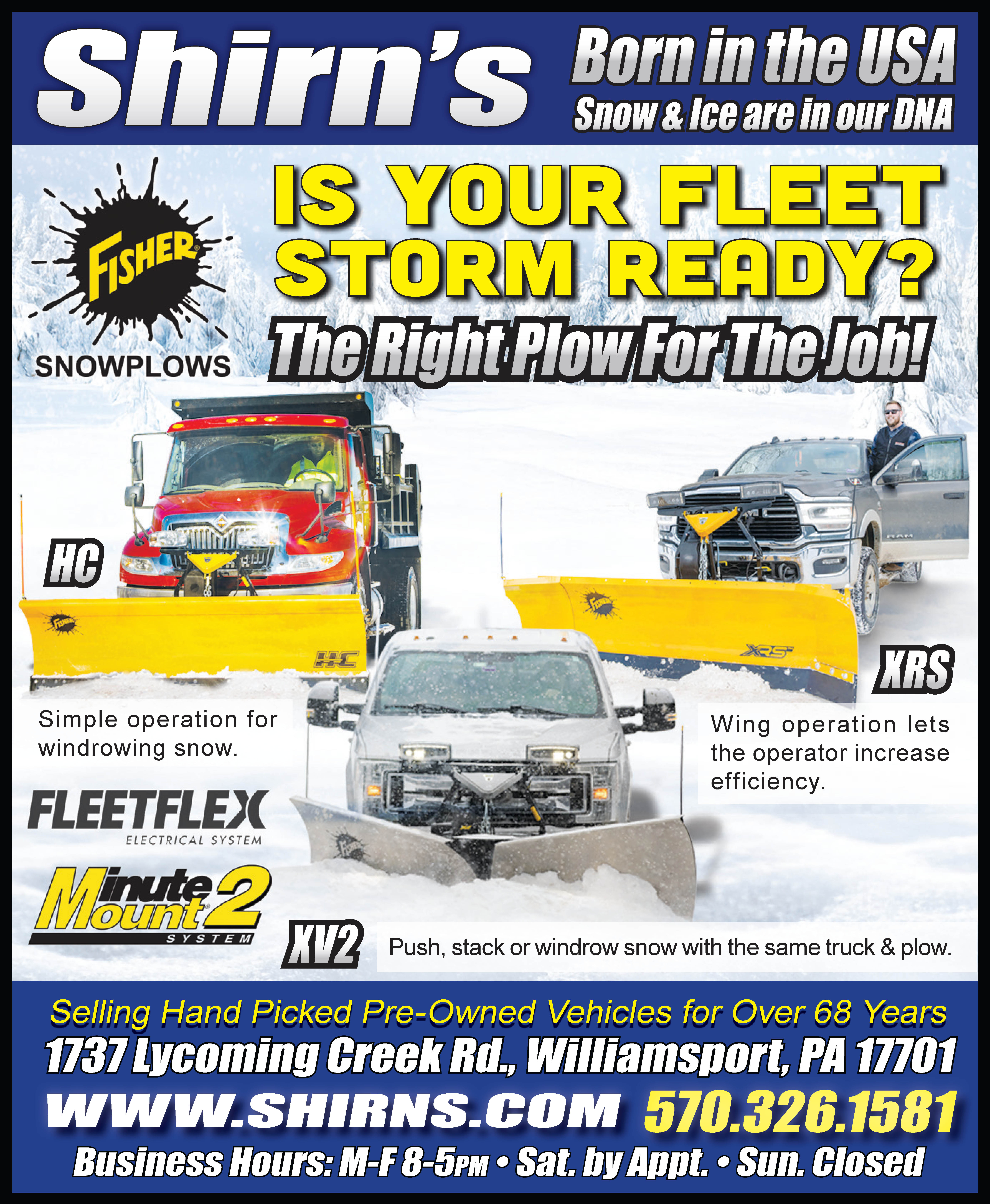It doesn’t happen overnight, but if you are willing to devote the time, you can gain a great deal of knowledge by learning to read what animal tracks can reveal. Whether your goal is to become a better hunter, to develop a better understanding of Mother Nature’s wonders, or to discover just what animals frequent the woods where you hike or hunt, being able to identify and “read” animal tracks can be key. Anytime over the next several months that we have a fresh snowfall will be the perfect time to take a hike and discover the tracks of the various animals that live in or travel through our fields and woods.
These tracks tell a story if we will but listen.
Size variation and pattern differences can identify a whitetail deer track as a buck, doe, or yearling.
Distance between tracks can allow you to determine if the animal is merely walking slowly, undisturbed, or if the stride is longer; it will show that the animal is running for some reason.
Usually, deer, as well as other animals, travel slowly — listening and watching for predators and seeking food.
Over the winter months, wildlife needs to conserve their energy as their fat reserve is slowly used up in the colder temperatures.
On a hike several years ago, it became obvious what was happening after closely examining a set of deer tracks. The tracks cut out across an open field on a heavily wooded mountaintop. There was over a foot of snow on the ground, and initially, it seemed there was no reason for the deer to be running instead of moving in a steady walk. As I backtracked where the deer had come from, the answer presented itself. Parallel and a few feet to the side of the deer tracks lay a fresh set of bobcat tracks.
The predator had chased the deer out of the woods, but once it reached the open field, the cat slowed to a walk and then turned and headed back into the forest.
For the whitetail deer hunter, the more heavily used deer trails are much more obvious, with snow on the ground, and identifying those trails now will help you better plan your next season hunts. Most trappers have specific animals that they plan to target over the upcoming trapping season, and a fresh snow will quickly show you whether or not those animals are frequenting your area and just what their travel patterns are.
More than 20 years have passed since I first had the opportunity to hunt for whitetail deer in the renowned destination of Saskatchewan.
Over the years prior, I had read numerous articles describing in detail the huge 300-pound class bucks that frequented the woods of this western Canadian province. On the second day of a 5-day hunt, temperatures dipped to -50 degrees, yet throughout the morning, I watched numerous does and smaller bucks and then was fortunate enough to tag a beautiful 9-point monster that scored over 160 points and weighed 280 pounds after it was field dressed! One of the other hunters was not as fortunate because, over the same two days, he saw no deer at all at a location where deer usually frequented. On the third day, the outfitter and I went to that spot and discovered just why no deer had passed there in days. There in the snow were tracks that I could barely cover with my hand. There was evidence of several animals having passed there recently — and the hair on the back of my neck raised as I realized they were the tracks of wolves! No wonder no deer had been there!
Finding tracks in the snow and learning how to “read” them is a fun pastime in these winter months. If you are new to the experience or want to learn more, there are numerous ways to hone your skill. Check out the “Pocket Guide to Animal Tracks” by Andy Diamond or the “Field Guide to Tracking Animals in the Snow.” There is also a handy pocket guide entitled “Animal Tracks: A Folding Pocket Guide” that you should be able to find through your local bookstore.
If you are tech-savvy, several apps will help. Check out iNaturalist, iTrack, NatureLynx, or Animal Tracker.
It’s another way to add enjoyment to the winter months!



